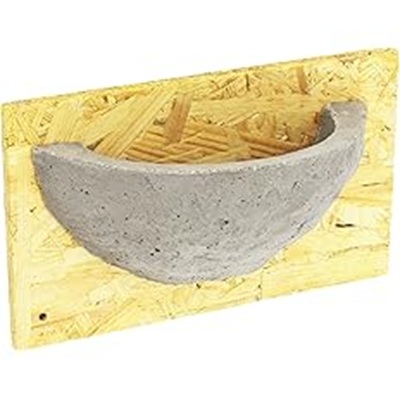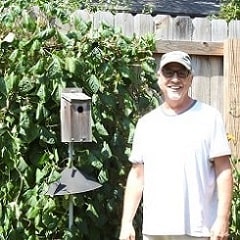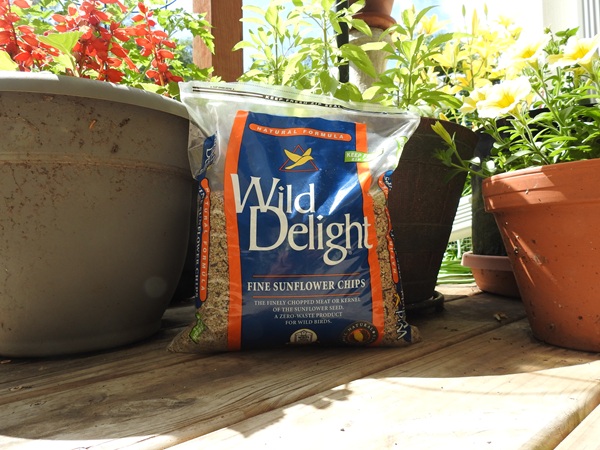When Do Barn Swallows Lay Eggs?
These graceful birds waste no time once spring arrives, and knowing their nesting schedule helps you enjoy their visits without disturbing them.
Early Signs of Nesting
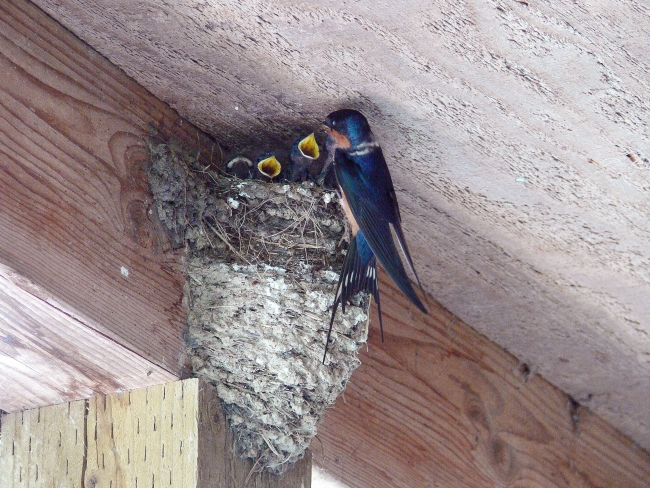
By the time the first warm days of spring arrive, Barn Swallows are already back from their winter homes in Central and South America.
Their wintering range extends as far south as Argentina, with earliest migrants reaching the southern U.S. in late February to March.
Males claim familiar spots under barn eaves, porches, and bridges. Some also use man-made nest cups placed by homeowners.
Females soon join them, and together they begin collecting mouthfuls of mud to shape into a sturdy, open-cup nest.
In the southern U.S., this can happen as early as late March. In most of the country, it begins during April, with eggs appearing toward the end of that month or early May.
Across much of North America, warmer spring temperatures in recent years have led Barn Swallows to start nesting about a week earlier than they did two decades ago.
Farther north, in places like Michigan or southern Canada, the first eggs are usually laid a few weeks later, often in late May or June.
| Typical Nesting Months by Region | |
|---|---|
| South | late March through July |
| Midwest | April through July |
| Northern U.S. / Canada | May through August |
The Egg-Laying Period
Once the nest is finished, the female lays one egg per day until the clutch is complete, usually four or five in total, though three to seven is possible.
The eggs are white to pinkish-white and speckled with fine brown or gray markings. The female does most of the incubation, with the male occasionally taking short turns.
Incubation lasts about two weeks, and both parents share the job of keeping the eggs warm and protected.
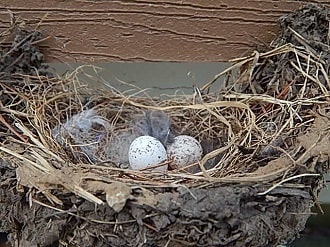
Barn Swallow chicks remain in the nest for about 18 - 24 days, most fledge between 2.5 and 3.5 weeks after hatching.
Both parents are busy from dawn to dusk feeding their hungry young on a diet of flying insects.
In areas with long summers, Barn Swallows often raise a second brood.
Second broods are common below latitude 40° but rare farther north where summer is short.
The first set of young may even help feed their new siblings, though this behavior is only occasionally observed.
What Determines When They Lay
The timing of egg-laying depends on several things. Weather is the biggest factor.
These birds feed entirely on flying insects, so they wait for a stretch of warm days when food is abundant.
If a cold front moves through and insects disappear, egg-laying can pause for several days.
Another key factor is access to wet mud for nest building. Dry spells or heavy rains can delay construction, which in turn delays the first eggs.
Latitude also plays a role, southern birds start earlier, northern birds later, but even two pairs nesting a few miles apart might start on different days depending on local conditions.
A Typical Season
March - April: Swallows return, choose nest sites, and begin construction.
April - June: Eggs laid and incubated; chicks hatch and grow.
July - August: Second broods raised; young gather on wires before migration.
Migration usually begins in late July in northern states and can continue into October in the southern U.S.
Next spring, many of the same birds will return to the same spot.
Many will reuse nests if they're still intact, roughly one-third to two-thirds of returning pairs do so.
Helpful Tips for Homeowners
If you enjoy hosting Barn Swallows, leave old nests intact through winter, They'll often reuse them, adding fresh mud and new lining in spring.
A flat wooden ledge or beam under an eave is perfect for supporting their nests.
If you'd rather not have them nesting above a doorway or porch light, install deterrents before they start building.
Removing an active nest with eggs or chicks can result in fines, but cleaning away empty nests after birds have migrated is allowed.
Barn Swallows are protected under the Migratory Bird Treaty Act.
Common Questions
How early do Barn Swallows start laying eggs? In the South, as early as late March. In most of the U.S., late April through May is typical.
Do they raise more than one brood?
Second broods are common below latitude 40° but rare farther north where summer is short.
How long do the young stay in the nest? About 18 to 24 days before fledging.
Do Barn Swallows reuse old nests?
Yes they do reuse nest. Percentages differ depending on location and whether nesting colonially or singulary, with the first having a greater percentage of reuse.
Some repairing to the rim and replacing inside lining is done before second use.
Note:
Barn Swallow populations have declined slightly in recent decades, mainly due to habitat loss and insect declines.
Providing safe nesting spots and maintaining open, insect-rich habitats helps support local populations.
Entities & Sources




Readers Digest Guide
Golden Guide
Your State Only
Nat-Geo Guide
